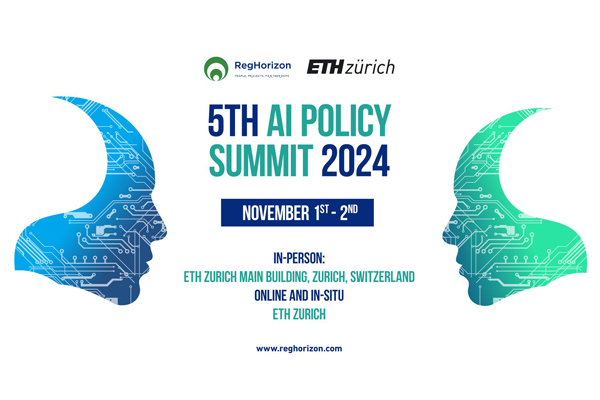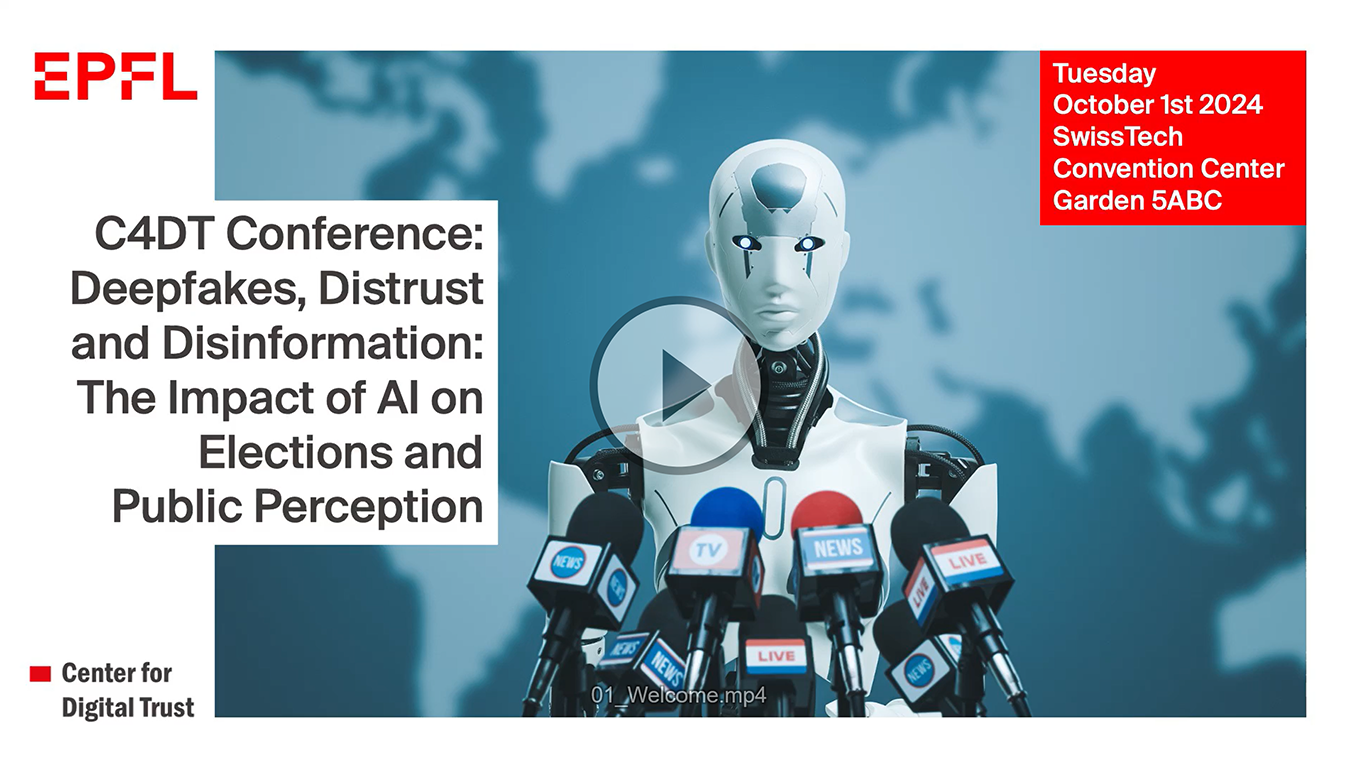The temporal evolution of the structure of dynamic networks carries critical information about the development of complex systems in various applications, from biology to social networks. While this topic is of importance, the literature in network science, graph theory, or network machine learning, still lacks of relevant models for dynamic networks, proper metrics for comparing network structures, as well as scalable algorithms for anomaly detection. This project exactly aims at bridging these gaps.
The main objective of the project is to perform online monitoring of technologies and technology actors in publicly accessible information sources. The monitoring concerns the early detection of mentions of new technologies, of new actors in the technology space, and the facts related to new relations between technologies and technology actors (subsequently, all these will be called technology mentions). The project will build on earlier results obtained on the retrieval of technology-technology actors using Large Language Models (LLMs).
The main objective of the project is to perform online monitoring of technologies and technology actors in publicly accessible information sources. The monitoring concerns the early detection of mentions of new technologies, of new actors in the technology space, and the facts related to new relations between technologies and technology actors (subsequently, all these will be called technology mentions). The project will build on earlier results obtained on the retrieval of technology-technology actors using Large Language Models (LLMs).
In this project we introduce a new family of prompt injection attacks, termed Neural Exec. Unlike known attacks that rely on handcrafted strings (e.g., “Ignore previous instructions and…”), we show that it is possible to conceptualize the creation of execution triggers as a differentiable search problem and use learning-based methods to autonomously generate them.
Aircraft and their ground counterparts have been communicating via the ACARS data-link protocol for more than five decades. Researchers discovered that some actors encrypt ACARS messages using an insecure, easily reversible encryption method. In this project, we propose BRUTUS, a decision-support system that support human analysts to detect the use of insecure ciphers in the ACARS network in an efficient and scalable manner. We propose and evaluate three different methods to automatically label ACARS messages that are likely to be encrypted with insecure ciphers.
Dating apps are out to debunk the well-known mantra “If you’re not paying for the product, then you are the product.”. Even if users are paying, these services goad users into paying ever more through a pay-to-play system. The promise of finding a soulmate, a design that keeps users hooked and black-box algorithms make up (…)
Wow – this is counter-attack made right! Sophos explains how they tracked hackers of their firewall product by adding code which tags attacks and reports them back to Sophos HQ. They managed to get a lot of information about the hackers, including their whereabouts. What I really liked about the article is how it shows (…)

This yearly Summit offers a unique platform for policymakers, business leaders, civil society, and academia to converge, exchange ideas, and collaboratively shape the future of AI policies.
Again, for all those of us who don’t mind being tracked ‘because I have nothing to hide’. This nicely shows how you can target specific communities with opposite ads, but to drive down the same point: don’t vote for that candidate. It strikes me because it is so clearly biased, not once, but twice…
Finally some fun and fascinating news on AI. Penn State researchers have created an electronic tongue that uses AI to tell different liquids apart, like watered-down milk or various sodas, and check for food safety. This opens up a some cool possibilities to have AI as your very own food tester!
One more thing which doesn’t stop inspiring security-related articles: cars with a 24/7 internet connection. This time it’s KIA where attackers found a way to remotely open/lock the vehicles, start the motor, and many more things. The only thing needed is the license-plate number. So, it seems that the car manufacturers still don’t test their (…)

[Le Temps] Quelques jours après la présentation de la version o1 de ChatGPT, un appel a été lancé pour mieux tester les IA. Cette course folle s’intensifie alors que l’ONU exhorte à ne surtout pas laisser le marché s’autoréguler
This white paper will analyze the extent to which concerns surrounding different classes of public sector use of AI—process automation, AI-driven decision-making, and citizen service delivery with AI tools—differ, consider the existing national and supranational regulatory frameworks, and develop recommendations for strategic areas necessary to guide the usage of AI decision-making tools in the public sector. To achieve this the project will include document analysis, stakeholder interviews, and comparative research from other countries’ use cases and regulations.
This project addresses the growing need for a strategic policy approach to data and data spaces in Switzerland, especially as the EU is rapidly advancing in this field. Since 2023, the Federal Chancellery, particularly the DTI (Digital Transformation and ICT Steering), has been consolidating efforts towards the “Swiss Data Ecosystem.” The C4DT at EPFL supports these efforts, aiming to develop a foundational document for Swiss data policy, focusing on the state’s role in the data ecosystem. This document will be crafted in collaboration with key policy actors in Switzerland and will include practical recommendations for the Federal Council and Parliament.

Digitalization and the proliferation of service platforms are permeating all areas of our society, and the public service is not immune to this evolution. A policy paper from the EPFL Center for Digital Trust offers recommendations to maintain the quality of the Swiss public service.

C4DT Demonstrator using the Swiss Public Sandbox Trust Infrastructure This is our third article about the Swiss e-ID Journey. An overview of the system can be found in our first article, Switzerland’s e-ID journey so far [1a], and an introduction to the first steps of using the sandbox [8] in our second article, The Swiss (…)

This full-day conference will explore the impact of gen AI on disinformation campaigns – specifically, deepfakes and disinformation created by gen A, but also the proliferation of disinformation through AI – and how such campaigns may impact elections outcomes (and trust in electoral systems). It is organized by the Center for Digital Trust (C4DT), EPFL in collaboration with EPFL’s AI Center and the Initiative for Media Innovation (IMI).

C4DT Demonstrator using the Swiss Public Sandbox Trust Infrastructure This is our third article about the Swiss e-ID Journey. An overview of the system can be found in our first article, Switzerland’s e-ID journey so far [1a], and an introduction to the first steps of using the sandbox [8] in our second article, The Swiss (…)

Promote and compare proof systems in formal verification, logic, and mathematics, motivated by the potential for collaboration between formal methods in computer science, collaborative formal mathematics, and AI.

The Swiss E-ID Journey This article is the second in a series of three articles which discusses C4DT’s experiences and takeaways testing the Swiss Confederation Public Sandbox Trust Infrastructure, hereafter abbreviated as “sandbox”. In the first article, we looked over all the components of the sandbox, and its setup. In this article we delve deeper (…)

TRANSFORM is an annual conference on digital transformation in the public sector. This year, around 200 people from administration, business and research will discuss the digital public service and the role of the state in the digital age.
May 28th, 2024, 09h15-12h00,EPFL by invitation only Introduction Ensuring the secure transmission and storage of vital data, imperative for societal, economic, and governmental functions, is a growing concern among politicians. The proliferation of cloud computing underscores the urgency of addressing this issue, making it a central focus in discussions on digitalization security. Acknowledging data’s central (…)








